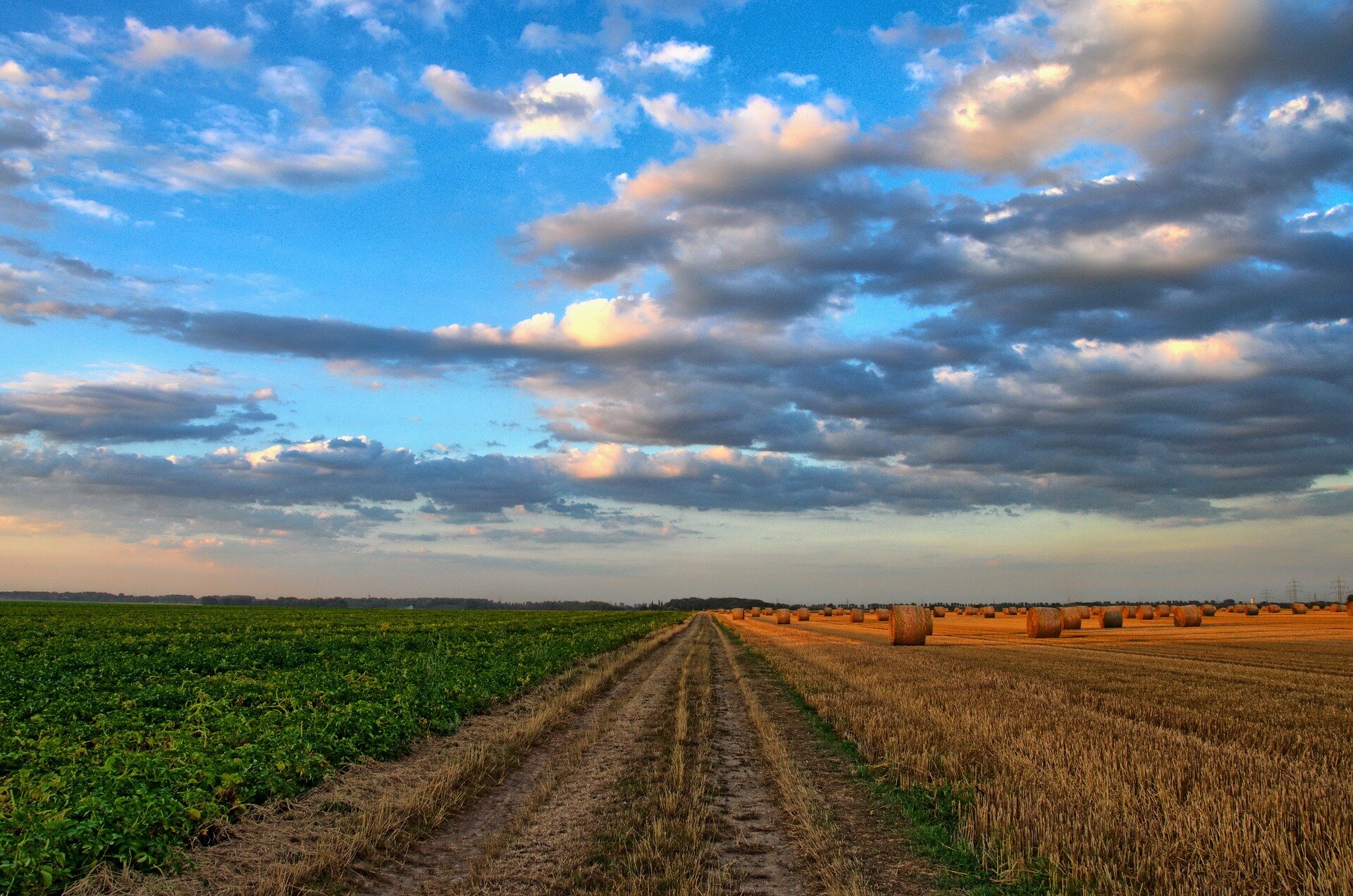

The Internet of Things (IoT) can be described as a loose network of physical devices that might be embedded with sensors, software, and connectivity. While a holistic view would see the IoT as being all the devices in the world with internet connectivity, it is often the case that these portable or remote devices are accessible within clusters or around hubs with specialist access and applications. Nevertheless, devices in the IoT can collect and exchange data with other devices or systems over the internet.
IoT devices can range from everyday consumer devices like smartphones, home appliances such as refrigerators, security cameras, and wearable monitors, and fitness devices, to industrial equipment and infrastructure in smart cities, factories, and transportation systems. The data generated by these objects can be analyzed and used to gain insights, automate processes, and improve decision-making across various industries and domains.
Research in the International Journal of Cloud Computing, has looked at the need to improve technologies associated with database management in order to be able to better handle the large amounts of data generated by the IoT. The paper focuses on the use of IoT technology in the social and agricultural domains in rural sectors. In that context, there is a need for improvements that could benefit monitoring, farming conditions and practices. If it were possible to provide and implement adaptive, efficient remote and logistic operations using IoT devices, such as actuators and valves, then dynamic integration might be possible to improve various processes in farming, such as timely irrigation. This would allow savings on water, for instance, but also optimize irrigation to improve crop yields based on changing weather and other conditions.
The same analysis of IoT data might allow monitoring of pest activity and weed growth and so allow for more judicious application of pesticides and herbicides or even allow the farmer to avoid their use altogether by exploiting alternatives in a timely manner.
Zdzislaw Polkowski of the Jan Wyzykowski University in Polkowice, Poland, and colleagues in India, point out that there are many constraints and challenges facing farmers in the developing world. However, where technology can assist those in the developed world so too might it improve practices and conditions in the developing world.
More information:
Brojo Kishore Mishra et al, Impact of internet of things in social and agricultural domains in rural sector: a case study, International Journal of Cloud Computing (2023). DOI: 10.1504/IJCC.2023.10054989
Citation:
Smarter farming in the developing world via the Internet of Things (2023, March 31)
retrieved 31 March 2023
from https://phys.org/news/2023-03-smarter-farming-world-internet.html
This document is subject to copyright. Apart from any fair dealing for the purpose of private study or research, no
part may be reproduced without the written permission. The content is provided for information purposes only.